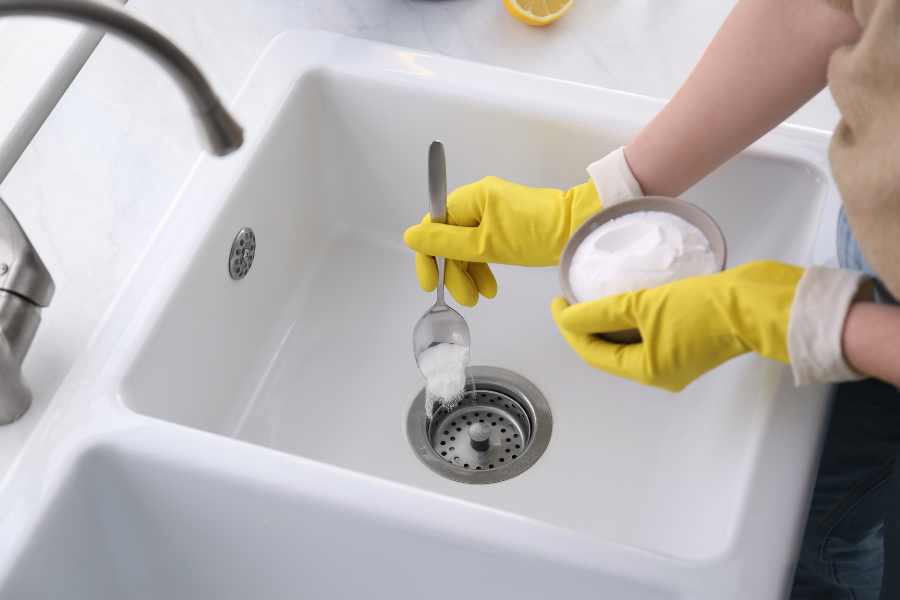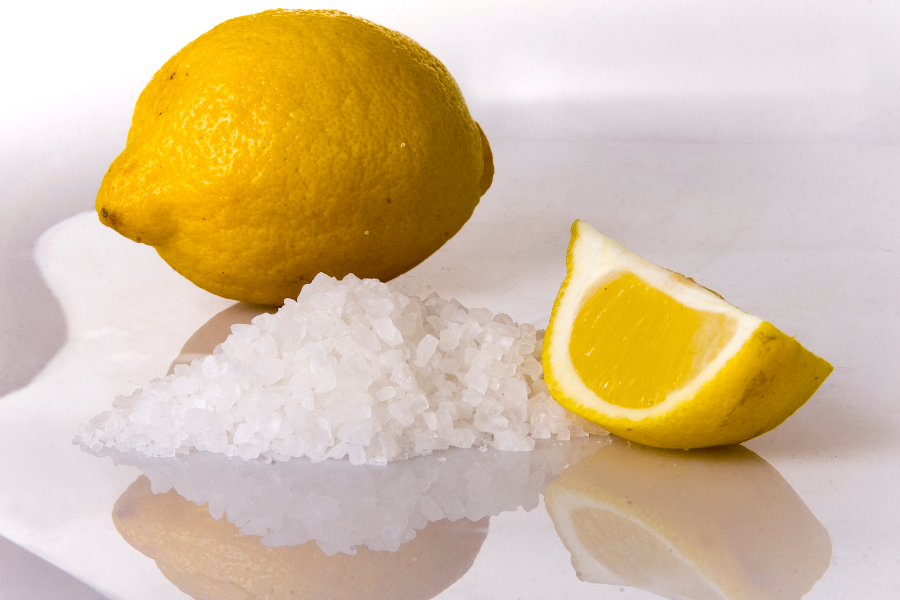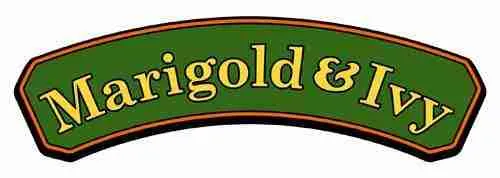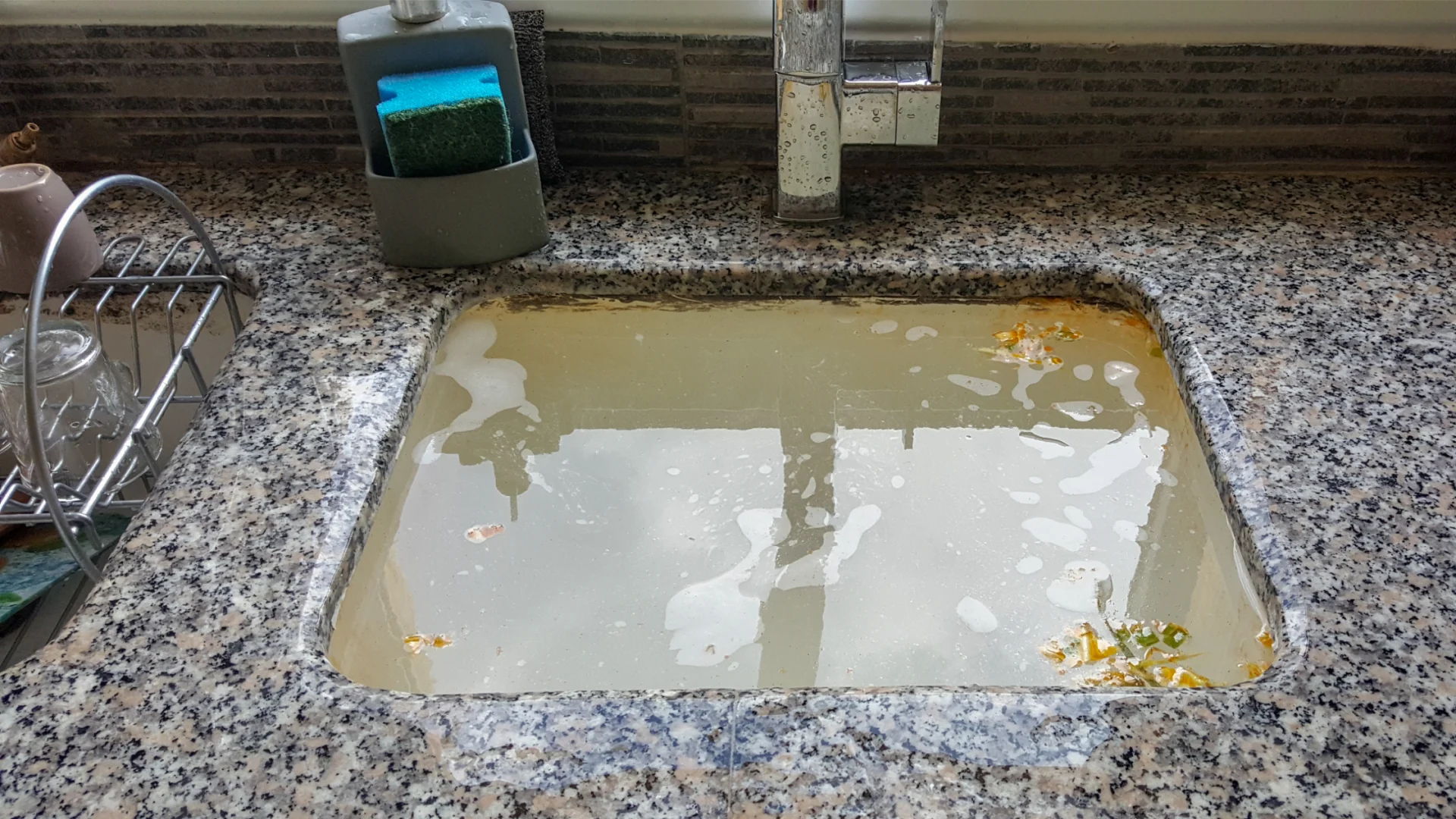Blocked and clogged drains are among the most irritating and challenging dilemmas people often encounter around the house. People turn to readily available, commercial, store-bought cleaners. However, while these solutions prove effective, they are harsh, damaging, and expensive. The good thing is that you can use baking soda and vinegar to clean a drain.
Baking soda and vinegar are a powerful duo that is a quick fix and effective for cleaning many drain problems. Together they can help dissolve clogs around the kitchen, toilet, and bathroom drains. These two household staples are not only for the science fair. The solution is an efficient clog remover that’s inexpensive, environmentally friendly, and safe.
Does your drain suffer from a significant clog? In this article, we’ll gladly show you how to take the DIY route of using baking soda and vinegar for your drain cleaning problems.
Can Baking Soda and Vinegar Clean Drains?
Baking soda and vinegar are household staples that can do wonders for your home, such as cleaning appliances, clothes, mineral deposits like limescale, and clogged or smelly drains. As a natural base, baking soda is a compound that helps dissolve organic materials like hair and grease that we often spot in the drain.
Learn how to clean limescale in your house using vinegar by reading our post – Does Vinegar Clean Limescale?
As we are all familiar, vinegar consists of acetic acid and water. On top of everything, baking soda holds disinfectant properties that help fight fungi and other odor-causing bacteria.
Once baking soda and vinegar are combined, the two create a superpower force in the form of a powerful chemical reaction, breaking down all the dirt and grime found in your drain.
So, when you experience a clog in your drain, reach for your baking soda and vinegar. Also, using baking soda mixed with vinegar regularly prevents clogs from forming in your drain in the first place.
Is It Safe to Use Baking Soda and Vinegar to Clean a Drain?
If used properly, baking soda and vinegar are safe to clean a clogged drain. These two staples are safe, non-toxic, and eco-friendly. When mixed, baking soda and vinegar create carbon dioxide that can significantly clean and eliminate harmful bacteria and remove blockages causing foul odors in your drain
However, while you can rely on baking soda and vinegar as they are genuinely effective in dissolving a clog, too much use can damage the drain. This is because of the abrasive nature of baking soda and vinegar.
How Long Should You Leave Baking Soda and Vinegar in a Drain?
Household experts tell us it’s best to leave the mixture of baking soda and vinegar in your drain for around thirty minutes. After this time, you can safely rinse and flush your drain using hot or boiling water to remove the excess. Using this process will help push debris out of the plumbing pipes and, in turn, allow liquids to flow through the pipes easily.
How to Use Baking Soda and Vinegar to Clean the Inside of a Drain?
While a severely clogged drain often calls for the help of a professional plumber, baking soda and vinegar, however, can prove to be a quick fix for the clogged drain. When mixed, the solution efficiently pushes the sludge through the pipes, allowing the water to flow easily.
At the onset, you can use hot water for your drain warm-up. Then drop around ½ cup of baking soda and vinegar. Close the drain and let the solution soak for about ten minutes. After ten minutes, rinse the drain again, another round for the best results.
How to Unclog a Drain with Baking Soda and Vinegar

Do you have a clogged drain? Use this simple hack of baking soda and vinegar mixture to solve your plumbing problem now.
Things You’ll Need:
- Boiling Water
- Dish Soap
- Baking Soda
- Vinegar
Instructions
Step 1: Pour the boiling water down the drain for a quick warm-up. This initial step will aid in softening tough clogs and helping clean the drain quickly.
Step 2: Using a bowl, add one cup of vinegar and a cup of baking soda, mix, and then pour the solution down the drain slowly.
Step 3: Close the drain with its plug and let the mixture sit for around 30 minutes to give it ample time to unclog the drain.
Step 4: Put more boiling water down the drain to rinse any excess, flush the debris, and eliminate the remaining clog from the drain.
Watch the video below to see me cleaning a drain with baking soda and vinegar.
Benefits of Using Baking Soda and Vinegar as a Drain Cleaner
There are a bunch of benefits that come with using a baking soda and vinegar mixture as a drain cleaner.
One of the best things about these two ingredients is that you can buy them at almost any store. This mixture is also a convenient, affordable, and easy-to-use hack that can save and maintain your drains in the long run.
In addition, baking soda and vinegar are much safer to use than commercial drain cleaners often found on the market. Since these cleaners contain toxic elements, they can be damaging and corrosive.
When people come in contact with these substances, it might cause severe burns on their skin. Not only that, if they spill on the floor or other areas, they could damage or ruin that area. On the other hand, baking soda and vinegar are suitable organic materials that are safe for humans.
Finally, baking soda and vinegar are environmentally friendly. While commercial cleaners often come in handy, the harsh nature of these compounds can cause damaging effects on pipes and, later, the environment. However, both baking soda and vinegar are non-toxic substances.
What Can You Clean with Baking Soda and Vinegar?
When these two household products combine, baking soda and vinegar create a dynamic duo that acts as a versatile cleaning agent. But apart from cleaning the drain, there are other things you can effectively clean with baking soda and vinegar mixture, and here they are:
Hard Water Strains
Baking soda and vinegar can efficiently remove hard water stains. Use a cloth or a paper towel, soak it with vinegar in the affected area, and let it stay for a few hours. Remove the fabric, scrub with a baking soda paste, add a small amount of the vinegar, and wipe clean.
Learn more about cleaning hard water stains with vinegar when you read our article – Does Vinegar Remove Hard Water Stains?
Laundry Mildew
The baking soda and vinegar mixture’s powerful reactions hold fantastic deodorizing properties that work wonders in the washing machine. A ½ cup of baking soda mixed with usual detergent can significantly boost the cleaning power. On top of everything, pouring vinegar during the rinse cycle will aid in killing bacteria and act as a chemical-free fabric softener.
Learn more about cleaning your clothes with vinegar and baking soda when you read our articles below:
Can Baking Soda Clean Clothes?
Grease
If you like an effective cleaner of stubborn grease, vinegar and baking soda can do wonders. Mix baking soda with vinegar to eliminate nasty grease on different surfaces. Spray vinegar and let it sit. Using a soft cloth, wipe the area and sprinkle the baking soda on any remaining stains. Finally, rinse and wipe the surface using a wet cloth.
To learn more about how to use baking soda to clean grease, read our post – Does Baking Soda Clean Grease?
Toilet Clogs
Baking soda and vinegar can unclog minor toiler backups. If you spot your toilet bowl water at a high level, bail out the water first. Pour a cup of vinegar and baking soda into the toilet. After thirty minutes, pour hot water into the toilet bowl and flush the toilet. Repeat these steps until the toilet becomes unclogged.
To learn more about how to use baking soda to clean toilets, read our post – Does Baking Soda Clean Toilets?
What Other Natural Remedies Will Clean Drains?

Like other cleaners, baking soda and vinegar are not a one-stop solution for cleaning and removing all clogs in the drain. Admittedly, they cannot shoo away all the problems in just one snap.
So, in case you’re looking for other household staples and ingredients to use in cleaning the drain, below is the list of other natural remedies that are proven helpful as drain cleaners:
Lemon Juice & Baking Soda Mixture
If you don’t like the smell of vinegar, go for lemon juice instead. Applying the same method, pour ½ cup of lemon juice and another ½ cup of baking soda into the drain. Plug the drain, and let it stay for one hour. Then rinse the drain with boiling water.
Cream of Tartar, Salt & Baking Soda Mixture
Cream of tartar helps clear stubborn bathrooms clogs of soap scum and hair. While the baking soda and salt work on the clog, the cream of tartar, on the other hand, cleans the metals.
Dish Soap & Hot Water Mixture
A mixture of dish soap and hot water works well on grease clogs. The hot water and dish soap can help dissolve the grease in liquid form, making it easier to travel down the pipe.
Conclusion
Indeed, baking soda and vinegar are quick fixes and a natural go-to when you have clogged and blocked drain problems around the house.
The benefits of using baking soda and vinegar for not only cleaning drains but also other things in your house, like hard water strains, laundry mildew, grease, and toilet clogs, are that they are safe, non-toxic, and eco-friendly. They are also convenient to find and buy and very affordable.
Follow our guides above to clean your dirty drains today.
To learn more about unclogging drains, read our article – Can Vinegar Unclog a Drain?
To learn what else you can use baking soda and vinegar on, read our post – Does Baking Soda and Vinegar Remove Rust?
Question: Have you ever cleaned your drain with baking soda and vinegar?

